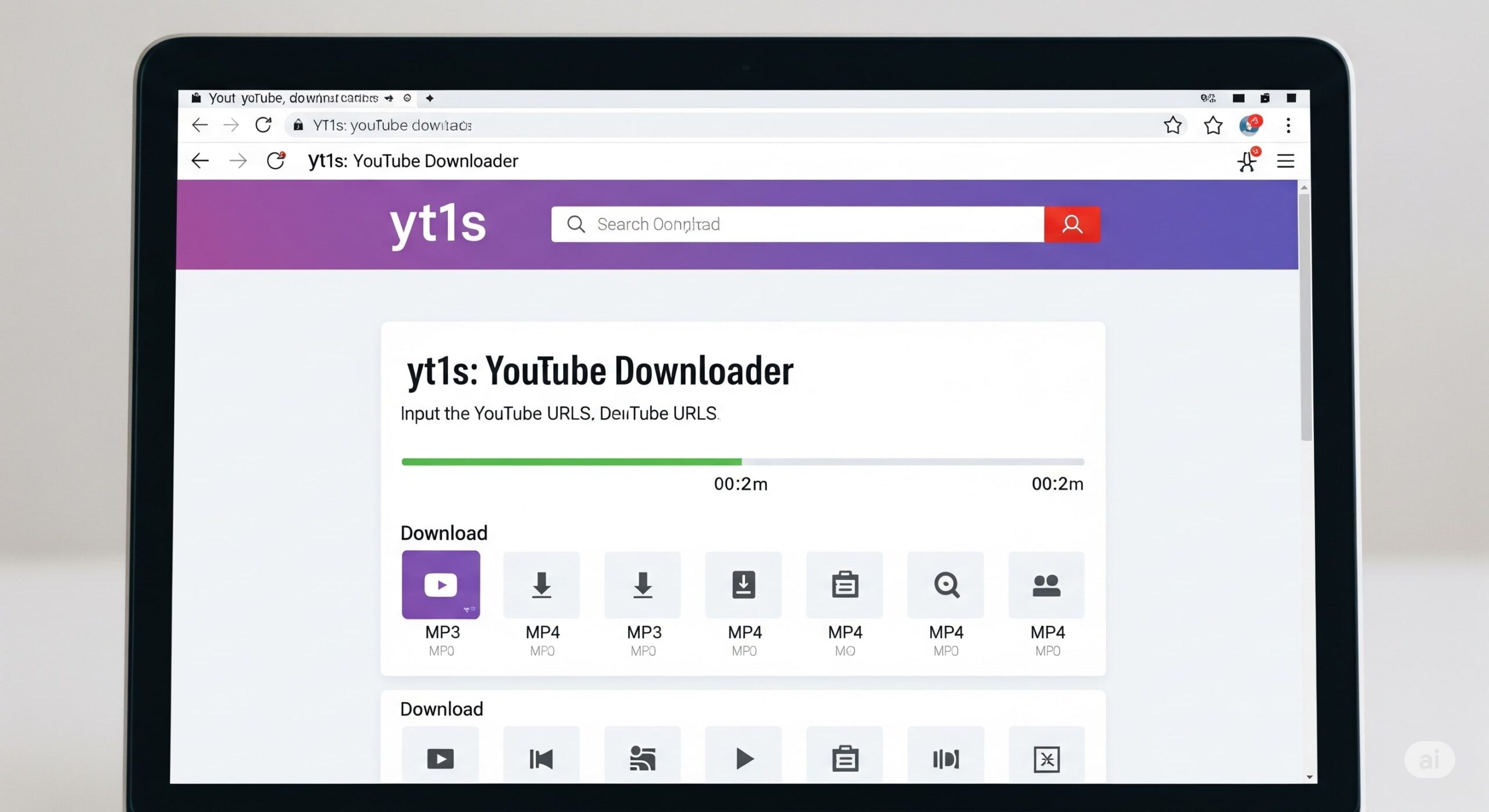You love technology. You get a genuine thrill from unboxing a new gadget, figuring out a new software feature, or finally understanding how blockchain works. But when you try to read most tech articles, your eyes glaze over by the second paragraph. Words like “synergistic paradigm” and “blockchain-enabled ecosystem” make you want to close the tab and go watch cat videos.
You’re not alone. And that feeling of frustration? That’s your superpower. It’s precisely why the world desperately needs people like you who can write about technology in a way that’s human, clear, and maybe even a little fun.
Think of yourself not as a tech expert, but as a translator. You’re taking the incredible, complex work of engineers and developers and translating it into something your grandma, your neighbor, or your busy CEO friend can actually understand and use. If you’ve ever explained how to use Zoom to a relative or helped a friend choose a new laptop, you’ve already got the core skill.
So, how do you turn that skill into writing that not only ranks well on Google but truly connects with people? Let’s talk about it, person to person.
1. Kill the Jargon. Tell a Story Instead.
Here’s a secret: using complex jargon doesn’t make you sound smart; it makes you sound like you’re trying to sound smart. And write for technology see right through it. A study by the Nielsen Norman Group found that users overwhelmingly prefer straightforward, conversational language. It makes them feel competent and engaged.
The best tech writing starts with a problem we’ve all faced.
- Boring Version: “This new smartphone features a 108-megapixel sensor with advanced computational photography algorithms.”
- Human Version: “Remember trying to take a picture of your kid scoring a soccer goal, only to get a blurry mess? I tested this phone at my nephew’s game. The sun was going down, the action was fast, but I just pointed and shot. Later, when I zoomed in, I could see the pure joy on his face and the grass flying up from his cleats. The tech didn’t matter; the perfect memory did.”
The second version uses a mini-story. It connects the technology to a real, emotional human experience. It answers the reader’s most important question: “Why should I care?” before they even have to ask it.
2. Know Who You’re Talking To (Like, Really Know Them)
“Technology” is a massive category. You wouldn’t explain a new AI coding assistant to a marketing manager the same way you’d explain it to a software developer. Audience is everything.
A 2023 survey by HubSpot revealed that personalized, audience-focused content is 52% more likely to build trust. Before you write a single word, get specific. Picture one person.
3. Be the Trusted Guide: Back It Up with Data
In an age of AI-generated content and online misinformation, being accurate is your superpower. But data doesn’t have to be boring. Weave it into your narrative to make your points stronger and more credible.
Use the latest statistics to show the “why” behind the “what.”
- When writing about cybersecurity: Instead of saying “Passwords are important,” you could say, “A University of Maryland study found that a hacker attack happens every 39 seconds. That’s a scary statistic, but it makes a powerful case for using a password manager.”
- When discussing AI adoption: “It’s not just hype. A recent PwC report found that 73% of U.S. companies have adopted AI in some way. This isn’t a distant future trend; it’s reshaping businesses right now.”
Linking to reputable sources like Pew Research, Gartner, or academic studies tells your reader, “You can trust me. I’ve done the homework so you don’t have to.” This builds the authority that Google’s E-E-A-T (Experience, Expertise, Authoritativeness, Trustworthiness) guidelines reward.
4. Make Them Feel Something: Use Humor and Emotion
write for technology can feel cold. Your writing shouldn’t be. Don’t be afraid to let your personality shine through.
- Use analogies: Explaining cloud computing? Compare it to storing your money in a bank instead of under your mattress. It’s safer, accessible from anywhere, and someone else handles the security.
- Add a touch of wit: “Setting up this smart home device was so easy, I did it before my coffee got cold. And that’s saying something.”
- Acknowledge frustration: “We’ve all been there—staring at a software update progress bar that seems to be moving backward. The good news is, this new system fixes that.”
This human touch is what makes your content memorable and shareable. It transforms a dry tutorial into a conversation with a knowledgeable friend.
5. The Two-Part Content Strategy: Evergreen and Timely
To build a lasting presence, you need a mix of content.
- Evergreen Content: This is your foundation. These are articles that remain relevant for years, like “A Beginner’s Guide to SEO” or “What is Two-Factor Authentication?” This content provides steady, long-term traffic and establishes you as a go-to resource. It’s the bread and butter of your site.
- Timely Content: This is where you react to the news. A new iPhone launch, a major data breach, a groundbreaking software update. This content attracts quick spikes of traffic and shows you’re on the cutting edge.
The magic happens when you combine them. A news article about a specific data breach (timely) can link to your evergreen guide on how to create strong passwords. This creates a helpful ecosystem for your readers.
The Bottom Line? Be a Human First, a Tech Writer Second.
The tech world is booming. But what it needs more than anything are clear, compassionate communicators. Your job isn’t to impress people with big words. It’s to guide them, to make them feel confident, and to show them how these amazing tools can actually make their lives better.
Start small. Explain a concept you just learned to a friend. Write a simple review of an app you love. Your unique voice and perspective are your greatest assets. Now go on, be that translator. The digital world is waiting for you.






